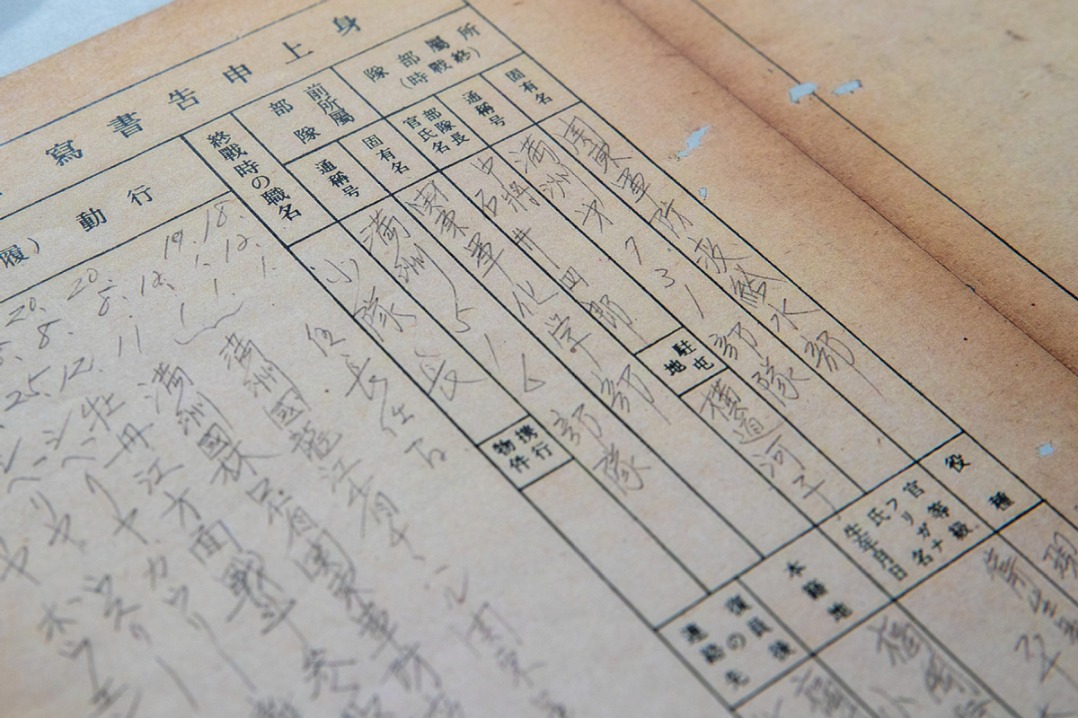Passengers on fast track to new airport
By DU JUAN | China Daily | Updated: 2019-07-04 07:32
Regional networks
The three stations along the line will all have rooms where babies can be tended to, and information desks with machines capable of translating in 34 languages.
The airport in Daxing has been designed to become a North China air travel hub.
It is 46 km from Tian'anmen Square, 26 km from downtown Langfang and 55 km from the Xiongan New Area, an area of "national significance" about 100 km south of Beijing covering Xiongxian, Rongcheng and Anxin counties in Hebei.
Carriers including China Southern, China Eastern, Beijing Capital Airlines and China United Airlines will move to the new facility, while others such as Air China, Hainan Airlines and Grand China Air will remain at Beijing Capital International Airport.
Foreign airlines, along with those from Hong Kong, Macao and Taiwan, can choose which airport they operate from, with the option of having a presence at both.
An important project in the integrated development of Beijing, Tianjin and Hebei, the new airport will serve passengers from across the region.
According to the integrated development plan, the new airport subway line will be extended to Xiongan. Construction of another intercity railway line connecting Beijing and Xiongan began in July last year and work on an expressway between the two cities is expected to start by the end of this year.
The Beijing Municipal Development and Reform Commission said part of the Beijing-Xiongan intercity rail line, running from Beijing West Railway Station to Daxing airport, will be put into operation by the end of September. It will allow passengers to travel from the railway station to the new airport in just 20 minutes.
The two inner lanes of the 97-km expressway between the two cities, which will have four lanes traveling in each direction, will be designed for self-driving cars-the longest such arrangement on a Chinese expressway.
"The self-driving lanes demonstrate that our self-driving technologies have reached a certain level for both cars and roads," Yang Liya said.
She said the technologies might not be widely used on public roads in the near future, but they could be applied in the fields of logistics and urban sanitation.
"The whole transportation network will help the new airport better serve the neighboring regions," she said. "The new airport subway line will help encourage top talent living in northern Beijing to move to the south of the city, narrowing the economic gap between the two areas."
At the same time, convenient transportation to Xiongan will put people's minds at ease when they are asked to work in or move to the new area.
According to the national plan, a group of State-owned enterprises will move their headquarters to Xiongan to support its development. Some have already made the move.
One reason the high-speed subway line to the new airport is so important is the chronic traffic congestion in Beijing caused by the capital's growing population and limited space.
The municipal government's main infrastructure solution to the problem has been to build more subway lines.
























